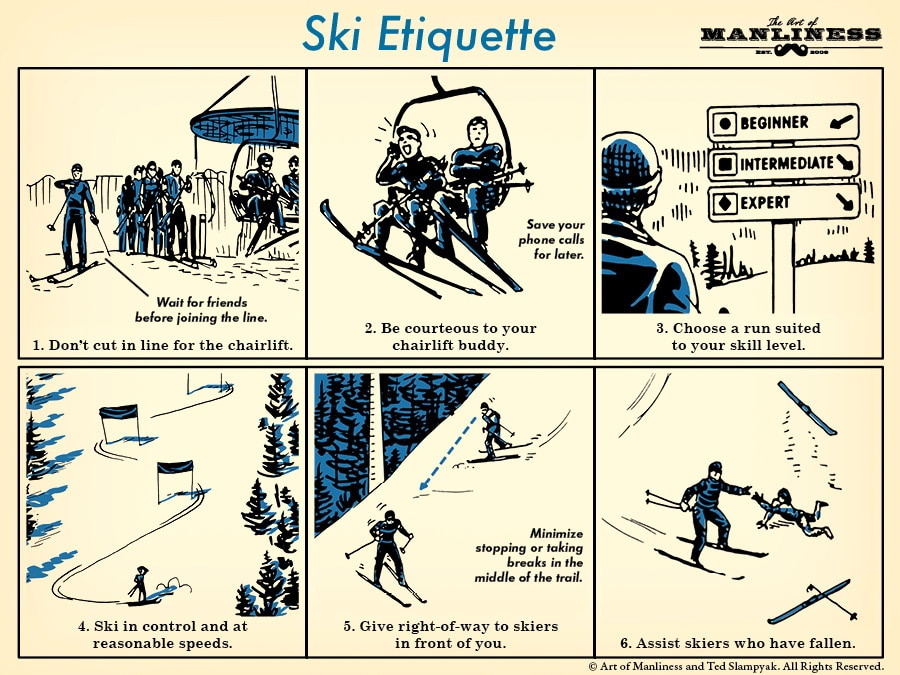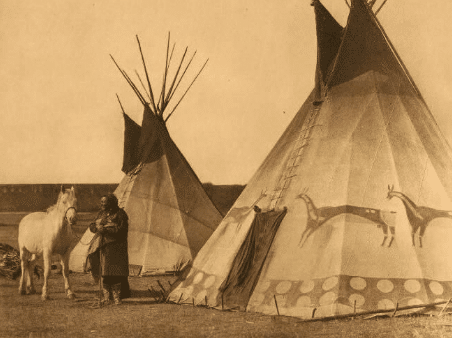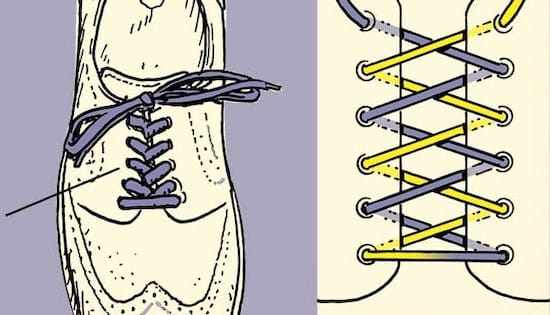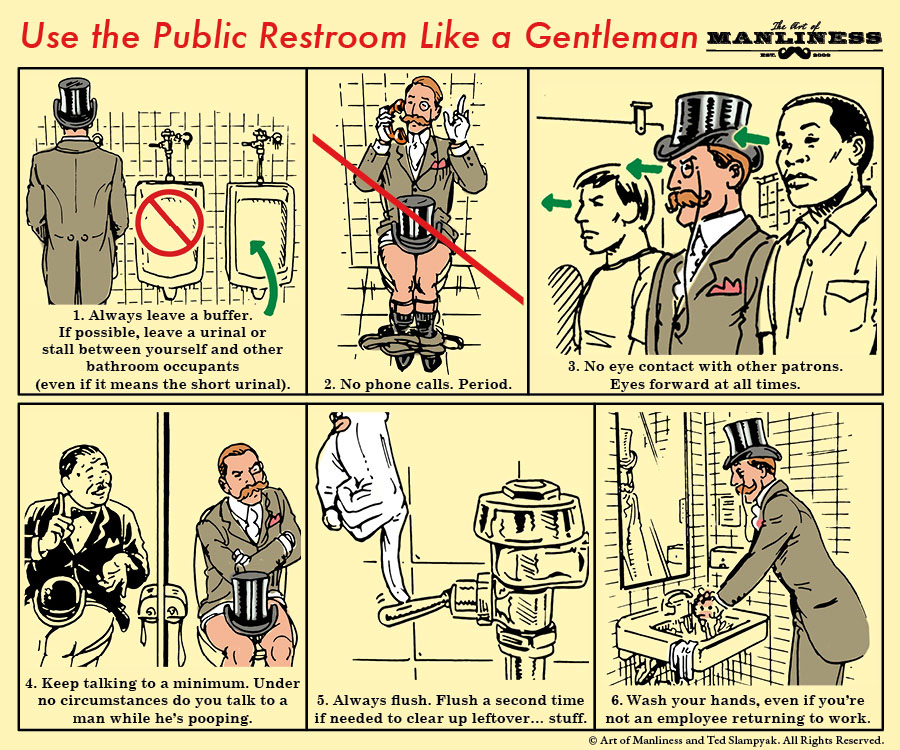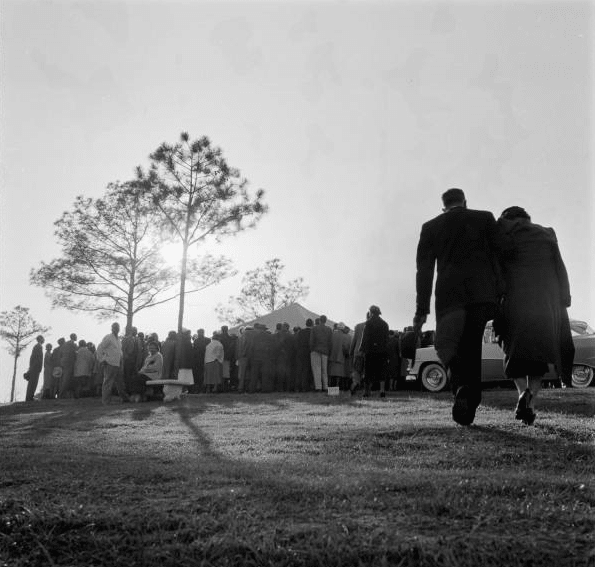
Editor’s Note: This is a guest piece by Cody and Paige Brandon.
As wedding coordinators, we have gotten to be a part of many beautiful, fun weddings. But, without fail, there is always “that guy” at a wedding. The guy who is underdressed, embarrasses the couple, or in some other way does something everyone wishes they could forget. We have learned it may be impossible to have a wedding without having “that guy” there — even if we still do our best to minimize his impact on the overall experience. But it is possible for you to not be that guy. So here are a few tips on how to be a wedding guest the couple will be happy they invited.
RSVP
Etiquette as a wedding guest begins long before you arrive at the venue. You can start your tenure as a guest off well by responding to the invitation promptly. The bride and groom need to know who is attending as soon as possible so that they can plan and purchase accordingly. Make plans around the wedding immediately and respond.
Pay attention to the specifics of your invitation. If it is addressed to “Brett McKay,” only Brett is invited, no matter how lonely he may be. If the invitation is for “Mr. & Mrs. McKay,” “Brett & Kate McKay,” or “Brett McKay & Guest,” Brett may bring his wife, but no children or friends. Only if the “McKay family” were invited or specific children named would the whole family be welcome. While less common, it is not unheard of for some guests to be invited only to the ceremony or only to the reception. Read the invitation carefully and RSVP only for those guests who are actually invited and will definitely attend.
Attire
Another extremely important pre-wedding task is to dress yourself appropriately. This task can seem difficult these days. While many invitations used to include a dress code (“white tie,” “black tie,” “formal,” etc.), that is no longer the norm. If your invitation does include a dress code, follow it religiously. Not only do you not want to be the guy that wears jeans while everyone else is wearing tuxedos, but if a couple specifically asks you to dress in a certain manner, it is disrespectful to ignore those wishes.
Where a lot of confusion arises for men is in the now-more-common instance of an invitation without a dress code. Do not take this as a license to dress as you please. Consider carefully the location and timing of the wedding as well as the couple. If the wedding is in a church or a ballroom, more formal dress will likely be appropriate. Whereas the lately-popular setting of a renovated barn will give you some freedom to break out those (well-polished) cowboy boots. Likewise, a wedding at 10:00 a.m. with a brunch reception to follow will require a different outfit than one at 6:00 p.m. with a formal dinner.
Taking these factors into account, your goal should be to be better-dressed than the average attendee without drawing attention to yourself. Here is where having a versatile wardrobe is a valuable asset. For a wedding that does not require a tuxedo, you might wear a neutral or blue (not black, it’s not a funeral) suit and tie to ensure you are well-dressed. If you show up to find yourself immensely overdressed, you can always ditch the tie into your suit pocket or car or leave your jacket draped around a chair. As the night goes on, you might even be free to roll up your sleeves. But it is far better to have brought the jacket and tie with you than to find yourself underdressed. And remember: it is perfectly fine to look better than the average guest so long as you are not calling attention to yourself.
If after thoughtful consideration you simply cannot determine what dress is appropriate, it is far better to ask permission than to beg forgiveness. A few months before the wedding, ask someone in the wedding party (close family, bridesmaid, or groomsman) what attire would be appropriate. Do not ask the bride or groom; they are already worried about many other details and should not have to cater to your lack of intuition. And do not make this call the morning of the wedding as you rummage through your closet; do everyone the courtesy of being prepared and conscientious.
If all else fails, wear, at a minimum: pants (khakis or slacks), closed-toed dress shoes, a button-down shirt, tie, and a sport coat. Wear colors appropriate for the season.
Schedule
If this is your first wedding, it might help to know what to expect. There are usually two main features to a wedding: the ceremony and reception. The ceremony is for marrying the bride and groom, and the reception is for celebrating that enormous milestone. Often, a “cocktail hour” will serve as the bridge between these two features while the couple takes photos or space is rearranged. (Actual cocktails may or may not be served.) The reception will usually involve food of some sort, dancing, and some traditional wedding events like the first dance and the bouquet toss. There are many variations on this basic timeline, but most will adhere to that overall structure.
Arrival
Arrive 30 minutes before the ceremony and proceed directly to an usher or to your seat. There are no exceptions here. If a wedding starts at 6:00, the wedding party is walking down the aisle at 6:00. If you are unavoidably detained and late to the wedding, do everyone the courtesy of standing somewhere no photographer could ever capture your late arrival. Your option at that point is to sneak in after the wedding party is in place and attention diverted to the altar, only if you can do so without drawing attention to yourself. The entire gathering should not have to bear the penalty of being distracted by your tardiness.
Electronics
Unless a member of the wedding party has specifically instructed you in advance to record or photograph a part of the wedding, keep your phone in your pocket and your camera in the car. At absolutely no point during the ceremony itself should your phone leave your pocket, nor should it even be on. You do not want 100 heads turning toward you as you realize you forgot to silence your obnoxious ringtone.
You may have a little more liberty to take photos during the reception, but use this liberty sparingly. Most couples have hired a professional photographer to capture their big day. They most assuredly do not need your amateur photography skills to supplement their professional. If you want to capture a private photo with friends or family, do it in a place and at a time during the reception that does not interfere with the larger gathering. Step outside or to a corner. Do not be deceived: the bride and groom do not want you to livestream your poor attempt at the Cupid Shuffle from the middle of the dance floor. If you absolutely must have a picture of the couple’s first dance or cake cutting, find the photographer and ask for her card so that you can discuss obtaining photos from her at a later time.
Seating
The first two rows on each side of the aisle are generally reserved for close family. Sometimes, these rows will have a “reserved” sign or will be designated by a special floral arrangement or decoration. If you are a friend or distant family not specifically instructed otherwise, do not sit in these rows. If you aren’t seated by an usher, choose to sit as close to those first two rows as possible. It is best that empty seats are left at the back — both because it is easier to accommodate late arrivals there and because full rows close to the altar photograph better.
Stand for the Bride
Stand when the bride enters and leaves. Often her entry will be signaled by a change in music, and some officiants will ask the audience to rise. But you are a man honoring a lady, and you do not need to be told to rise in her presence. You can be seated when she is fully situated at the altar or when she has left the room/site of the ceremony.
Stay Where You Are Intended to Be
Weddings are a complex affair often planned for many months at great expense. When a couple chooses a room or site for their ceremony, they intend for their guests to gather there. Unless directed otherwise, they do not want you wandering the grounds or the building. The same goes for the cocktail hour and reception. If the couple hosts a defined cocktail hour in an area separate from the reception space, do not go into the reception until invited. Sweat it out or control your bladder, whatever is required. Your simple act of being where you are intended to be demonstrates your respect for the couple and your own self-control. Plus, it could be that the couple has corralled you to a specific spot to avoid you stumbling into a photo or invading a private moment.
Wait Your Turn for Dinner
In many cases, dinner is served to you and arrangements/logistics are out of your hands. Simply wait patiently for your meal and be sure you’re at the table when it comes (or you might get skipped over).
If there is a buffet, conduct yourself decently and wait for the emcee or a waiter to dismiss your table to dinner. The man who rushes out of order to secure his food shows himself a pig. Seconds are not your right. Wedding food is expensive. Whether you are serving yourself or being served, take a moderate amount of food and do not expect more. Many times there will be more food available for a second helping, but, again, don’t be the greedy guts rushing to the front of the line.
Don’t Crowd the Bride and Groom
As important as you may think yourself to the happy couple, they invited many other guests to the wedding they would like to spend time with too. And they probably wouldn’t mind a few minutes to themselves. Do not visit the couple while they are eating unless invited. Many couples used to have a receiving line at which point they would greet all their guests. Some still do, but many now opt to visit guests at individual tables during dinner. In any event, wait until it is clearly your turn to visit with the couple or wait until later in the evening when they are taking a break from the dance floor. Keep any conversations congratulatory and complimentary of the couple: now is not the time to start discussing family conflict or your bad week at work.
Don’t Get Drunk
The bride and groom most assuredly did not get married so you would have an occasion to get hammered. Whatever your personal opinions on alcohol and your perceived tolerance for imbibement, you should never drink so much that anyone would even mistake you for drunk. Drunks make terrible guests, and your lowered inhibition will make you more likely to violate one of these other rules.
Toasts
Unless the couple themselves asked you in advance to give a toast, you are not invited to give one. There are few things more awkward for a couple and their guests than to sit through an unending drone of uninvited and unprepared speeches. Moreover, an invitation to give a toast is an honor. Do not usurp that honor and thereby devalue the invited toasters. Your role during the toasts is to laugh, cry, and clap where appropriate. Support the toasters and the couple by being a good audience. If you must convey your feelings to the couple, save your remarks for a brief, private moment.
Stay
Do not leave after the ceremony, or after dinner, or after cake, or when you are tired of the affair. Stay until you send the bride and groom off. You were not invited to a free meal or to a dance party; you were invited to a wedding. An enormous amount of time and money went into this event. The bride and groom asked you to come, witness their marriage, celebrate with them, and send them away into their new life. Do not think that if you just slip out it will have no effect on the crowd left at the end of the reception. Many others will have the same thought and the crowd will quickly dwindle, leaving the couple feeling unappreciated. After all the effort the couple put into the event and feeding you, the least you can do is stay awhile to see them off, even if you are bored or tired or would rather be somewhere else.
Conclusion
Weddings are a wonderful event. If you have been invited to one, it is because you are important to the couple in some way and they would like for you to share in the joy of the day. But the purpose and focus of a wedding are the bride and groom. This is not an event for your entertainment; you are there to honor the bride and groom. You can do so in the way you conduct yourself from the moment you are invited until you see the couple off.
Paige and Cody are the owners of Willow + Wildflower — a Nashville-based wedding coordination team focused on bringing couples’ dream days to life. They created W+W so they could work together and witness an amazing chapter in each couple’s unique love story.


